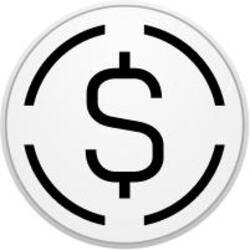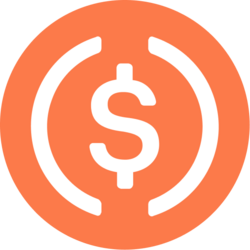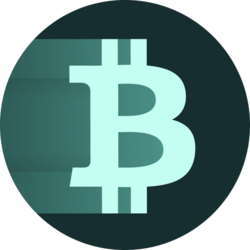Natalia Lebedinskaia | Moment | Getty Images
As a Biden-era relief measure for federal student loan borrowers comes to an end, some people could see their bills more than double.
Earlier this month, the Trump administration announced that the so-called SAVE interest-free payment pause will expire on Aug. 1, and that enrollees’ education debts will begin to grow again if they don’t make payments large enough to cover the accruing interest.
The Biden administration had moved people who enrolled in its SAVE plan into forbearance — a period during which federal student loan borrowers are excused from making payments — while the legal challenges against its program played out. The SAVE, or Saving on a Valuable Education, plan, is now essentially defunct.
While borrowers can remain in the SAVE forbearance for the time being, they’ll face interest charges again starting next month if they do.
But those who look to move into another repayment plan will likely face a much larger monthly bill.
“SAVE was incredibly generous,” said Scott Buchanan, executive director of the Student Loan Servicing Alliance, a trade group for federal student loan servicers.
The ‘best plan’ for former SAVE borrowers
End of SAVE means bigger student loan bills
But borrowers could see their monthly bills double under IBR, compared with on SAVE.
That’s because the SAVE plan calculated payments based on 5% of a borrower’s discretionary income. IBR takes 10% — and that share rises to 15% for certain borrowers with older loans.
Many federal student loan borrowers simply won’t be able to afford the payments under IBR, said Nancy Nierman, assistant director of the Education Debt Consumer Assistance Program in New York City.
“In severe cases, it could result in people being forced to move, or they will just resign themselves to default and involuntary collections,” Nierman said.
In the new legislation passed by Republicans, borrowers will have access to another income-driven repayment plan, called the “Repayment Assistance Plan,” or RAP, by July 1, 2026.
However, it’s uncertain whether a borrower will have a lower monthly payment on RAP than IBR.
“It’s going to range dramatically based on your income,” Buchanan said.
There are tools available online to help you determine how much your monthly bill would be under different plans.
Carolina Rodriguez, director of the Education Debt Consumer Assistance Program, said she’s working with one partner in a married couple, both with federal student loans, who are facing a nearly $4,000 monthly combined student loan payment under IBR.
“My client said that these payments would mean no extracurricular activities and other opportunities for his children, which might set them back in comparison to their peers,” Rodriguez said.
Under SAVE, the family’s student loan bill would have been around $2,400, she said.
Borrowers who can’t afford to make a monthly payment on their student debt under the current repayment options can pursue deferment and forbearance options.
Those who’ve taken out loans before July 1, 2027, will maintain access, for example, to the economic hardship deferment and the unemployment deferment, under the new law.












































